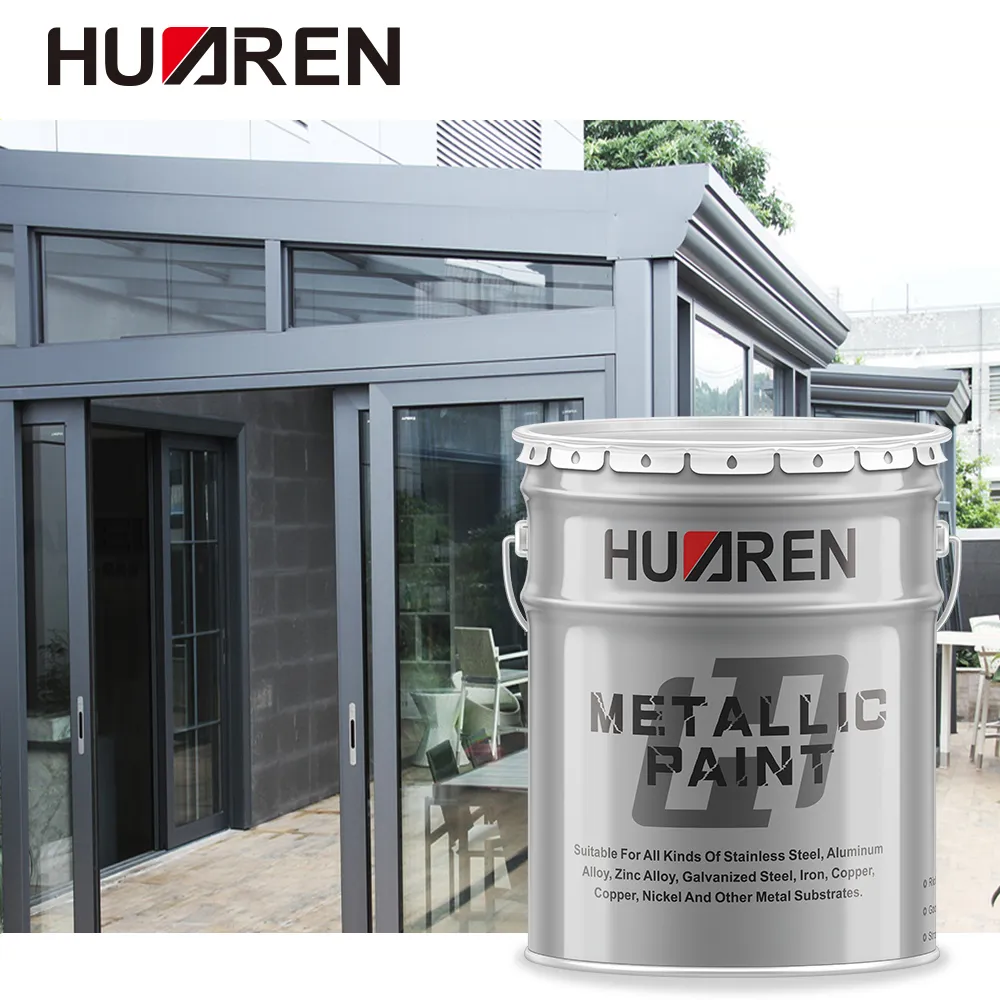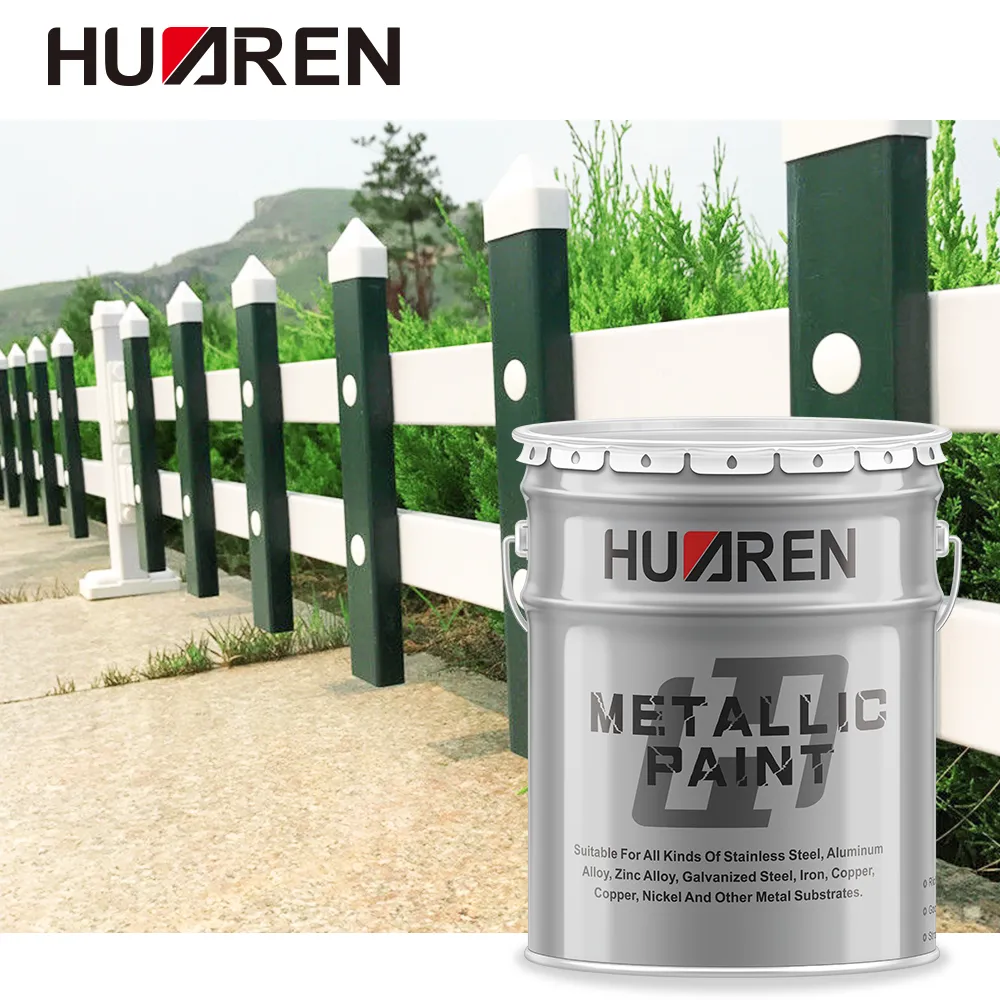Epoxy anticorrosion primer is widely used in industry, marine engineering and construction due to its excellent anticorrosion performance and excellent adhesion. However, many people are confused about whether it is necessary to apply topcoat on anticorrosive epoxy primer. After all, the application of topcoat not only involves additional costs and processes, but is also closely related to the overall protective effect.
This article will explore the characteristics of epoxy anticorrosion primer in depth, analyze under what circumstances topcoat is needed, and the impact of topcoat on the protective effect.

What are the characteristics of anticorrosive epoxy primer?
To understand whether anticorrosive epoxy primer needs topcoat, you first need to understand its own characteristics. Epoxy anticorrosion primer is a primer with epoxy resin as the main component, which is usually used on the surface of metal, concrete and other materials to provide excellent anticorrosion protection. Its main characteristics are as follows:
Excellent anticorrosion performance
Epoxy anticorrosion primer has extremely strong acid and alkali resistance, salt spray resistance and chemical corrosion resistance, and can effectively protect the substrate from corrosion in harsh environments. This makes it the preferred coating in highly corrosive environments such as chemical plants, offshore platforms, and sewage treatment facilities.
Excellent Adhesion
Epoxy anticorrosion primer has strong adhesion to a variety of substrate surfaces such as metal and concrete. It can not only mechanically lock the substrate surface, but also form a strong coating through chemical bonds.
Good Mechanical Properties
The coating formed after the anticorrosive epoxy primer is cured has high hardness and high wear resistance, and can resist external physical damage such as impact and friction.
Poor Weathering Resistance
Although epoxy anticorrosion primer has excellent anticorrosion and adhesion properties, it has poor UV resistance and is prone to powdering and discoloration after long-term exposure to sunlight, resulting in reduced protective effect. Therefore, epoxy anticorrosion primers are usually not directly exposed to the outside world and require topcoats to enhance their weathering resistance.

Does epoxy anticorrosion primer need topcoat?
Whether to add topcoat to epoxy anticorrosion primer depends on many factors such as the use environment, functional requirements, and aesthetic requirements. The following situations can help clarify whether topcoat is needed.
Environmental exposure factors
Epoxy anticorrosion primer has poor weather resistance, especially when used outdoors. When exposed to natural environments such as sunlight and rain for a long time, the coating is prone to aging and powdering. If the coating needs to be exposed to the outdoors or in direct sunlight for a long time, topcoat is essential. Topcoat usually uses a more weather-resistant coating, such as polyurethane paint or fluorocarbon paint, to protect the anticorrosive epoxy primer from UV rays and other environmental factors.
Enhancement of protective performance
Although epoxy anticorrosion primer has excellent anticorrosion performance, in some extreme environments, primer alone may not provide sufficient protection. For example, in a marine environment, the structure not only faces salt spray corrosion, but also has to withstand friction and impact from ships, machinery and other equipment. In this case, the use of topcoat can significantly enhance the overall protective effect. Topcoat can increase the thickness of the coating, improve wear resistance and impact resistance, thereby extending the service life of the structure.
Aesthetic and decorative needs
The main function of anticorrosive epoxy primer is corrosion protection, not beautification. Its coating is generally single color, poor texture, and easy to produce a matte effect with low gloss. In places where the appearance requirements are high, such as building facades, interior decoration projects, etc., the use of topcoat can improve the decorativeness of the coating. By applying topcoat, not only can the gloss and color brightness of the coating be improved, but also the visual effect can be enhanced, making the overall appearance more beautiful.
Specific requirements for use occasions
In some special occasions, such as the inner wall of the storage tank, underground pipelines, etc., since the coating is not exposed to sunlight and harsh environment for a long time, and the aesthetic requirements are not high, the epoxy anticorrosive primer can be used alone without the need for topcoat. In such applications, the chemical resistance and adhesion of the primer are sufficient to meet the protection needs, and the role of the topcoat is relatively small. Therefore, under the consideration of cost control and construction efficiency, topcoat is usually not applied additionally.

What are the different types of topcoats and their functions?
If you decide to apply topcoat on epoxy anticorrosive primer, it is crucial to choose the right type of topcoat. Common types of topcoats include polyurethane topcoat, acrylic topcoat, fluorocarbon topcoat, etc. Different types of topcoats have their own advantages and disadvantages and are suitable for different applications.
Polyurethane topcoat
Polyurethane topcoat is known for its excellent weather resistance, abrasion resistance and chemical resistance. It can effectively resist UV radiation and prevent the coating from fading and powdering, so it is widely used in outdoor environments. Polyurethane topcoat also has good mechanical strength and toughness, can withstand external physical impact, and is an ideal choice for industrial facilities, building exterior walls, ships and other structures.
Acrylic topcoat
Acrylic topcoat has good weather resistance and corrosion resistance, and is easy to apply and dries quickly. Although its chemical resistance and mechanical properties are not as good as polyurethane topcoat, acrylic topcoat is still an economical and practical choice in occasions where environmental exposure requirements are not high and high decorative effects are required, such as bridges and railway facilities.
Fluorocarbon topcoat
Fluorocarbon topcoat is one of the most weather-resistant topcoats at present, with excellent UV resistance and durability, and can maintain color and gloss for a long time under extreme climatic conditions. Despite the high price, fluorocarbon topcoat has excellent corrosion resistance, acid and alkali resistance, and wear resistance, making it the preferred topcoat for high-end buildings, marine facilities and other high-demand occasions.

What are the steps and precautions for applying topcoat?
When applying topcoat on epoxy anticorrosive primer, in order to ensure the quality and protective effect of the coating, every link in the construction process needs to be carefully controlled. The following are the general steps and precautions for applying topcoat:
Primer curing and inspection
Before applying topcoat, it is necessary to ensure that the epoxy anticorrosive primer is completely cured. Usually, the curing time of primer is 24 to 48 hours, depending on the temperature and humidity conditions. After curing, check the integrity of the primer coating to ensure that there are no defects such as sagging, bubbles, pinholes, etc. If defects are found, they need to be repaired and polished first.
Base surface cleaning
The cured primer surface may have impurities such as dust and oil, which will affect the adhesion of the topcoat. Therefore, before applying the topcoat, it should be cleaned with an appropriate cleaner or solvent and the surface should be kept dry.
Topcoat preparation and construction
According to the selected topcoat type, prepare the topcoat according to the requirements of the product manual. For two-component topcoats, such as polyurethane topcoats and fluorocarbon topcoats, the main agent and curing agent must be accurately proportioned and fully mixed. During construction, spraying, brushing or rolling can be used. The brushing process should be kept uniform to avoid sagging, missing coating and other phenomena.
Coating thickness and number of brushing coats
The coating thickness of the topcoat is directly related to the protective effect and service life. Generally speaking, the topcoat should be applied 2 to 3 times, and each coat should be dried and cured before the next coat is applied. Multiple coats can not only increase the thickness of the coating, but also enhance the density and durability of the coating.
Maintenance and inspection
After the topcoat is applied, proper maintenance should be carried out to fully cure the coating. Avoid contact with pollutants such as moisture and chemicals during curing. Finally, the coating quality inspection is carried out to ensure that the coating surface is smooth, the color is uniform, and there are no obvious defects.
Conclusion
As a highly functional anti-corrosion coating, epoxy anti-corrosion primer plays a vital role in many engineering projects. However, epoxy anti-corrosion primer alone often cannot meet the protection needs in all environments. Topcoat can not only make up for the shortcomings of anticorrosive epoxy primer in weather resistance, but also enhance the mechanical properties and decorative effect of the coating. Therefore, in most cases, especially in outdoor and harsh environments, anticorrosive epoxy primer needs to be coated with topcoat to ensure the overall protection effect and service life.
By selecting appropriate topcoat and strictly following the construction specifications, the comprehensive performance of epoxy anticorrosion primer can be significantly improved, the service life of buildings, equipment and facilities can be extended, and maintenance costs can be reduced.

